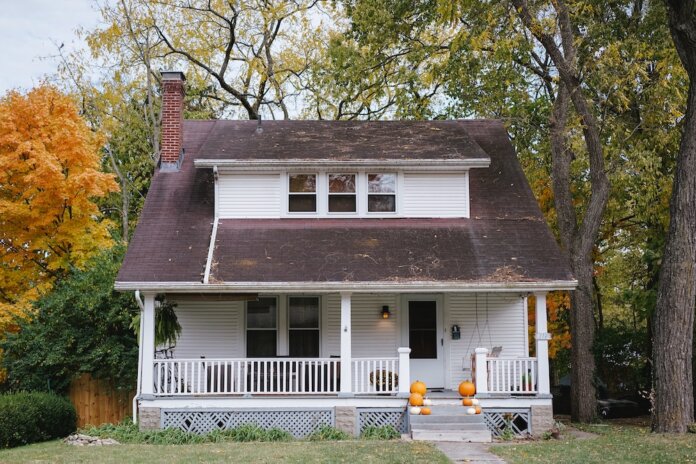There will be no excess supply of homes to the markets from older Americans moving or dying over the next decade, a research report from the Mortgage Bankers Association’s (MBA) Research Institute for Housing America (RIHA) finds.
Any net gain in housing supply from Baby Boomer homeowners passing away over the next decade will be offset by strong demand for housing in a supply-starved market.
The report examines shifting demographics for older Americans over 50 and the impact on housing supply. It looks at the increasing homeownership rate for Americans over 50; how the COVID-19 pandemic affected housing decisions; and how supply is being impacted by increased life expectancy, among other factors.
“The findings highlight the varying patterns for older Americans as shifting demographics, the pandemic, and overall buyer attitudes have impacted buying and selling decisions,” says Edward Seiler, executive director, Research Institute for Housing America, and MBA’s associate vice president, housing economics, in a statement. “It is evident that older households are aging in place.”
Housing supply is a function of population mortality, the homeownership rate, cohort size, and the manner that older homeowners dispose of their housing assets as the age and die.
Since 2015, there has been a sizable increase in the homeownership rate among those 70 and older. This, combined with a larger base of older Americans from the aging of the Baby Boomers, has led to a greater number of existing homes held onto for a longer period of time.
In contrast, pre-2015 homeownership patterns would have predicted that more of these homes would have been sold.
Older Americans are holding onto their homes longer, and there are more of them.
The cumulative number of additional homeowners by age between 2015 and 2022 based on American Community Survey (ACS) data shows that from age 50 to 65, the number of owners decreased then rebounded, as homeownership rates for these ages were slightly lower in 2022 than in 2015.
It also shows that, after 65, homeownership rates were higher in 2022 relative to 2015. The increase in ownership rate combined with a higher base of 65-70-year-olds in 2022 means that there were almost 2 million more homeowners 70 and younger in 2022 than in 2015.
Moreover, there will be 7 million more homeowners ages 65-85, according to the RIHA report.
It is projected that there will be over 8 million homes supplied by older Americans as they age and die, rising to about 9 million over the next decade, of which approximately 1 million will be due to the death of older Americans.
Over the next decade, there will be an excess demand for homes for sale as older homeowners age and die. Overall, there will be no demographic dividend to the net supply of existing homes.
Photo: Phil Hearing










